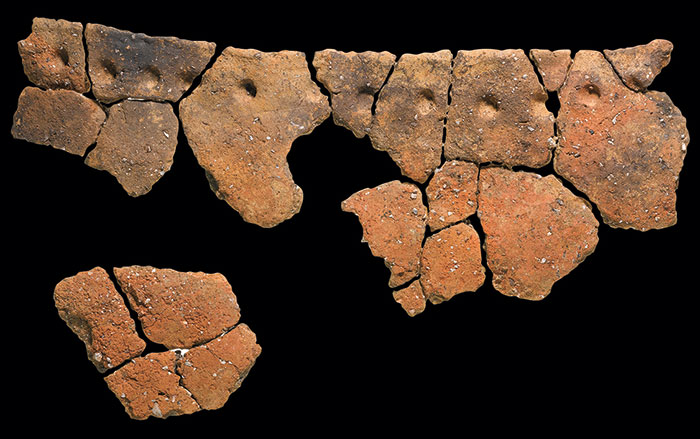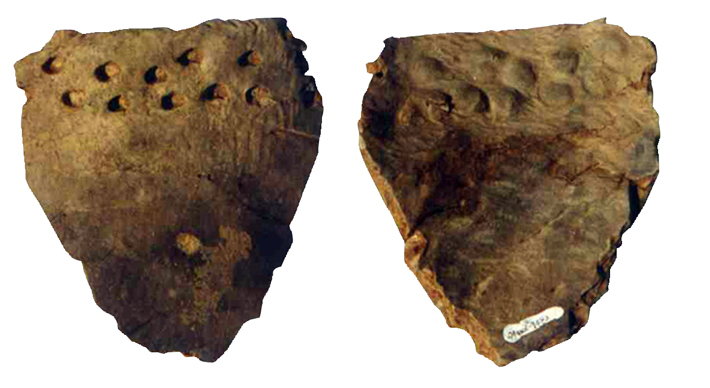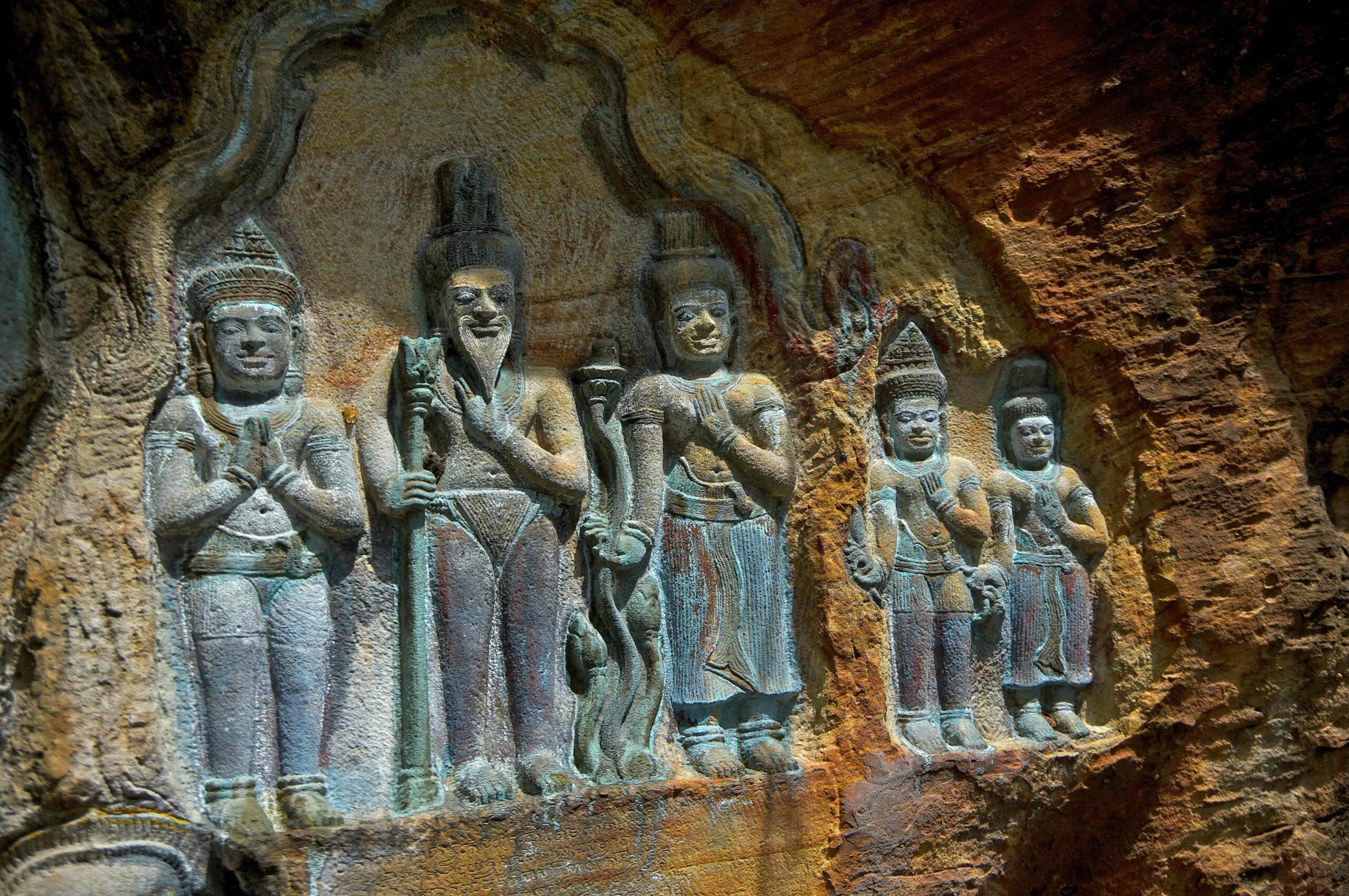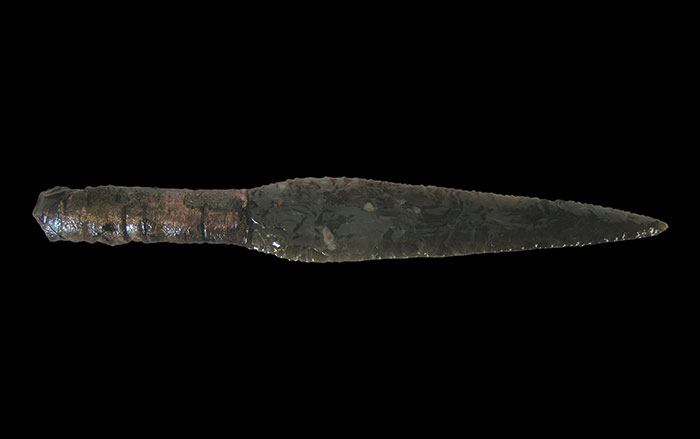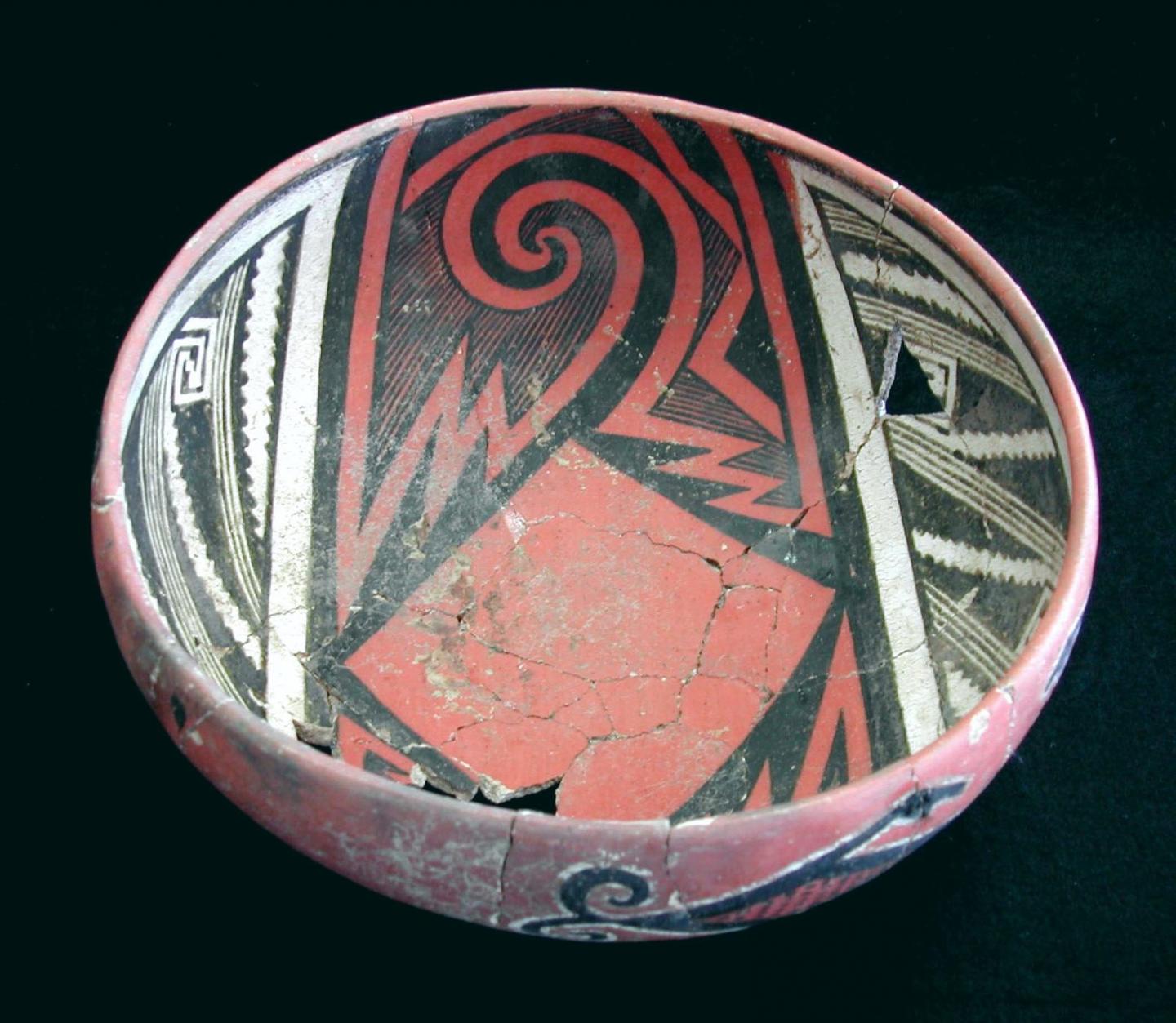
TUCSON, ARIZONA—Throughout the mega drought in the American Southwest between 1276 and 1299, relationships between many social groups grew stronger, according to a study of ceramics conducted by Lewis Borck and a team at the University of Arizona. He used a database of millions of ceramic and obsidian artifacts that had been compiled by Barbara Mills of the University of Arizona and her collaborators at Archaeology Southwest to study the relationships of 22 different subareas of the Southwest from A.D. 1200 to 1400. It was understood that the same types of ceramics, found in similar proportions in different communities, indicated that those communities shared a relationship. Borck and the team members found that the relationships between the communities grew stronger during the drought, perhaps as people turned to their neighbors for food and information. “It seemed to be a way to mobilize resources and to increase your variability of resources, by increasing your interaction with more distant people,” Borck explained. And the communities that had larger social networks had a better chance of surviving the drought without migrating. “A lot of people have hypothesized that this process of having more extensive social networks is sort of a backup strategy for people, but this is one of the first times we’ve been able to demonstrate it at a very large, regional scale. It backs up a lot of these hypotheses about ‘social storage’ being as important as the real storage of actual items. The flip side is that if you are highly insular and protectionist and don’t interact with a lot of your neighbors, you’re really susceptible,” Mills said. For more on the archaeology of the Southwest, read "On the Trail of the Mimbres."



